Body language cues date back in time and today we are going to explore some of the most interesting body language secrets from our history and ancient past.
KEY POINTS
- Nonverbal cues of greeting evolved from our warring past to signify non-threatening behavior.
- Renaissance women sought beauty through dangerous Belladonna eye drops.
- Kissing has a fascinating and complicated evolutionary history.
Before there was verbal language, there was body language. Our evolutionary ancestors communicated through gestures, facial expressions, body movements, and vocalizations.
Vocalizations eventually evolved into spoken language (and, much later, into written language). Yet, some of our current nonverbal cues have historical roots in our ancient past.
Here are 5 of them.
Related: 10 Body Language Cues That Can Instantly Give You Away
5 Body Language Secrets From the Ancients
1. Eyebrow Flash.
First studied by ethologist Irenaus Eibl-Eibesfeldt decades ago, the eyebrow flash is the brief raising of eyebrows when we recognize someone.
It can be considered an early form of greeting. One that has evolved somewhat into the head tossing that accompanies the eyebrow flash, a standard greeting among young men.
2. Handshake.
The history of the handshake comes from our early, warring ancestors. Extending the open hand revealed that the individual did not have a weapon, and the other party reciprocated the gesture.
This eventually led to the handshake. In Roman times, the handshake was a mutual grasping of the arms, symbolizing friendship or loyalty.
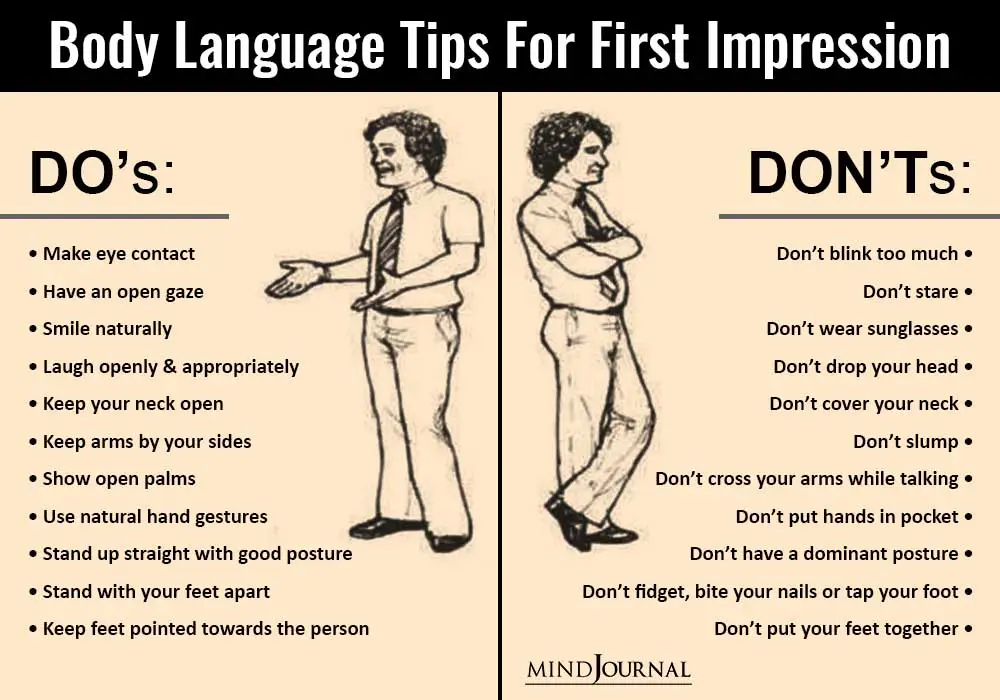
3. Begging.
A very early gesture was the extended, open palm that evolved from asking another to share food. This begging gesture is frequently seen in chimpanzees when one has food and others plead for the owner to share.
4. Belladonna/Pupil Dilation.
Some well-documented research in nonverbal communication discovered that women with dilated pupils were seen as more attractive (in this simple experiment, participants rated the attractiveness of women who had usually dilated pupils versus those with larger pupils).
Yet, our ancestors knew about this long before the experiment. During the Renaissance, women would put drops of an extract of the poisonous nightshade plant called Belladonna into their eyes, which would lead to pupil dilation and make the women appear more sexually attractive.
Of course, there was a cost, as frequent use of Belladonna (which translates to “beautiful woman”) could cause vision problems.
Related: 19 Best Books To Learn About Body Language and Decode the Unspoken
5. Kissing.
The evolutionary history of kissing is not completely clear. On the one hand, mouth-to-mouth kissing and saliva exchange can spread disease. On the other hand, our primitive ancestors may have used kissing to assess a potential mate’s health status.
In any case, kissing can lead to sexual arousal and can be a signal of desire. Among non-sexual partners, a kiss on the cheek can be a greeting that is intimate and warm.
Interestingly, some of these early body language cues emanating thousands of years ago are still widely used today. Are there any body language cues you have observed that have historical roots?
References:
Eibl-Eibesfeldt, I. (1972). 11. SIMILARITIES AND DIFFERENCES BETWEEN CULTURES IN EXPRESSIVE MOVEMENTS. Non-verbal communication, 297.
Morris, D. (1977). Man watching. A field guide to human behaviour.
Written By Ronald Riggio
Originally Appeared On Psychology Today
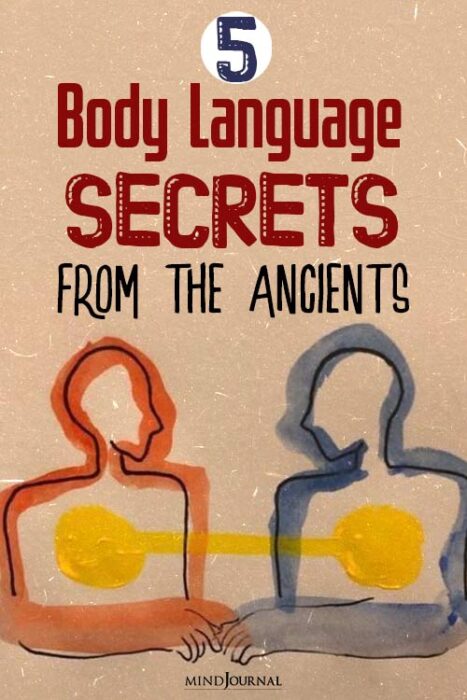
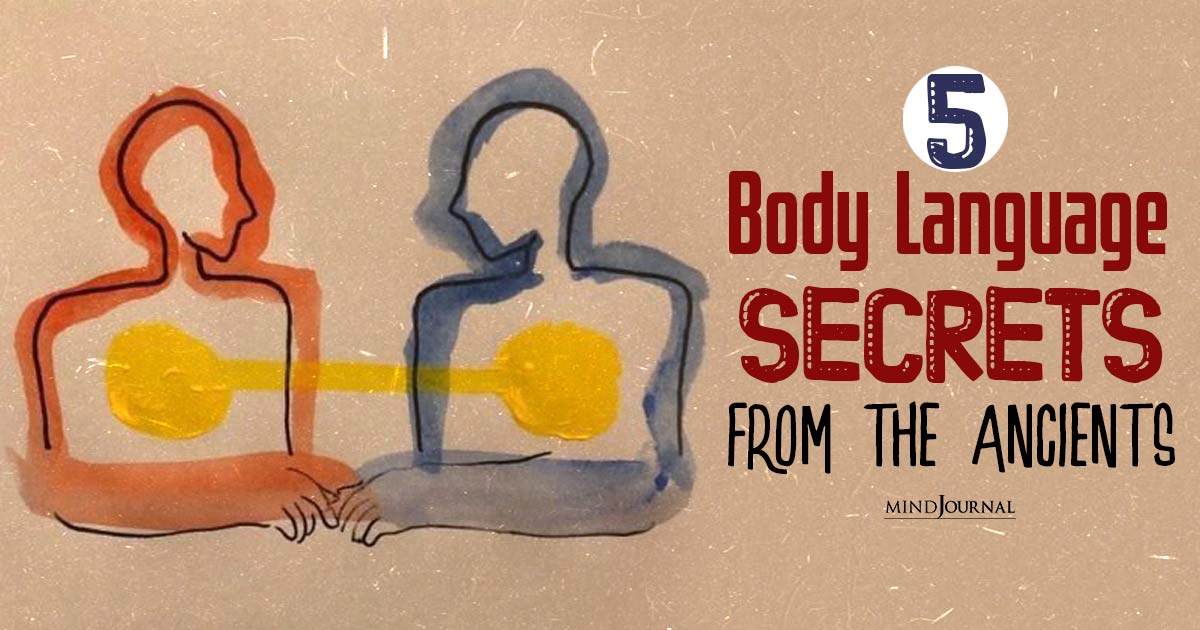
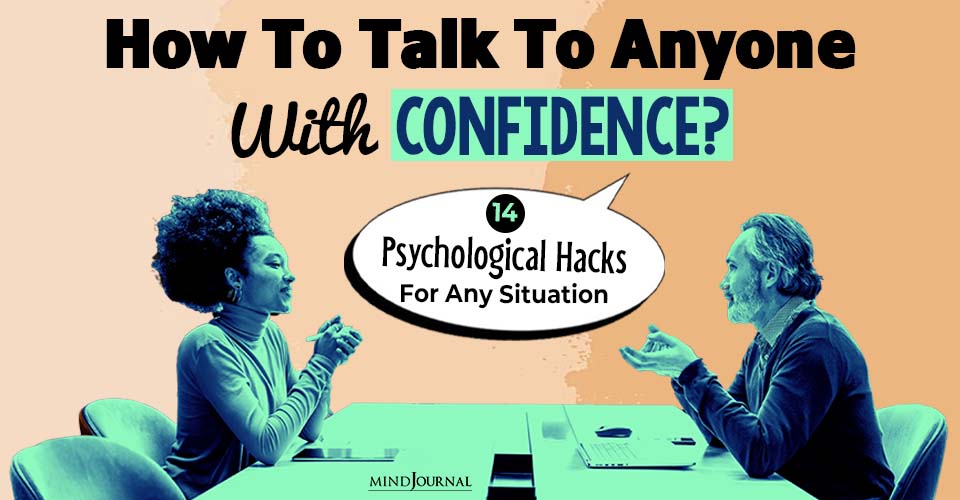

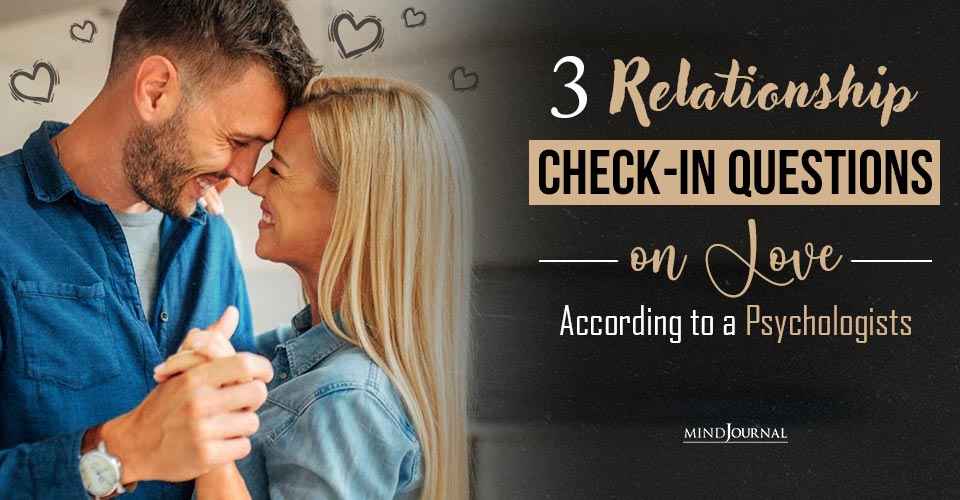

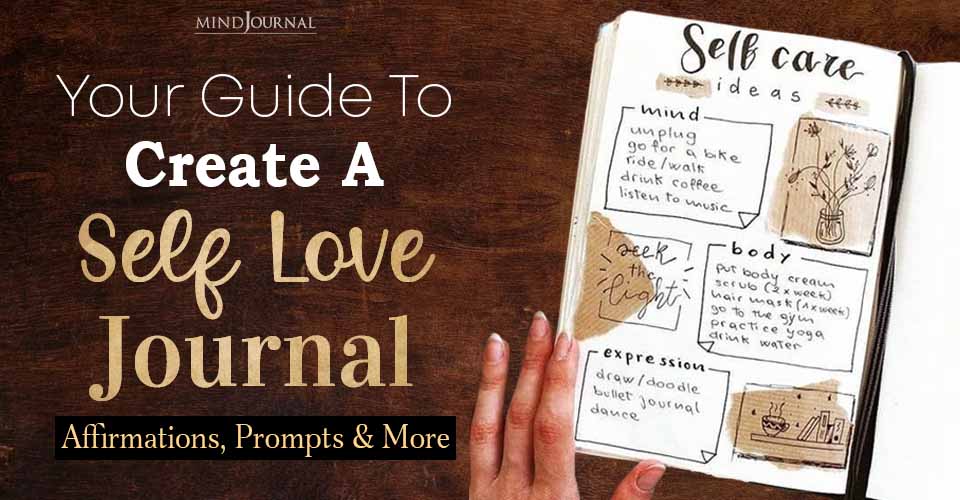


Leave a Reply
You must be logged in to post a comment.